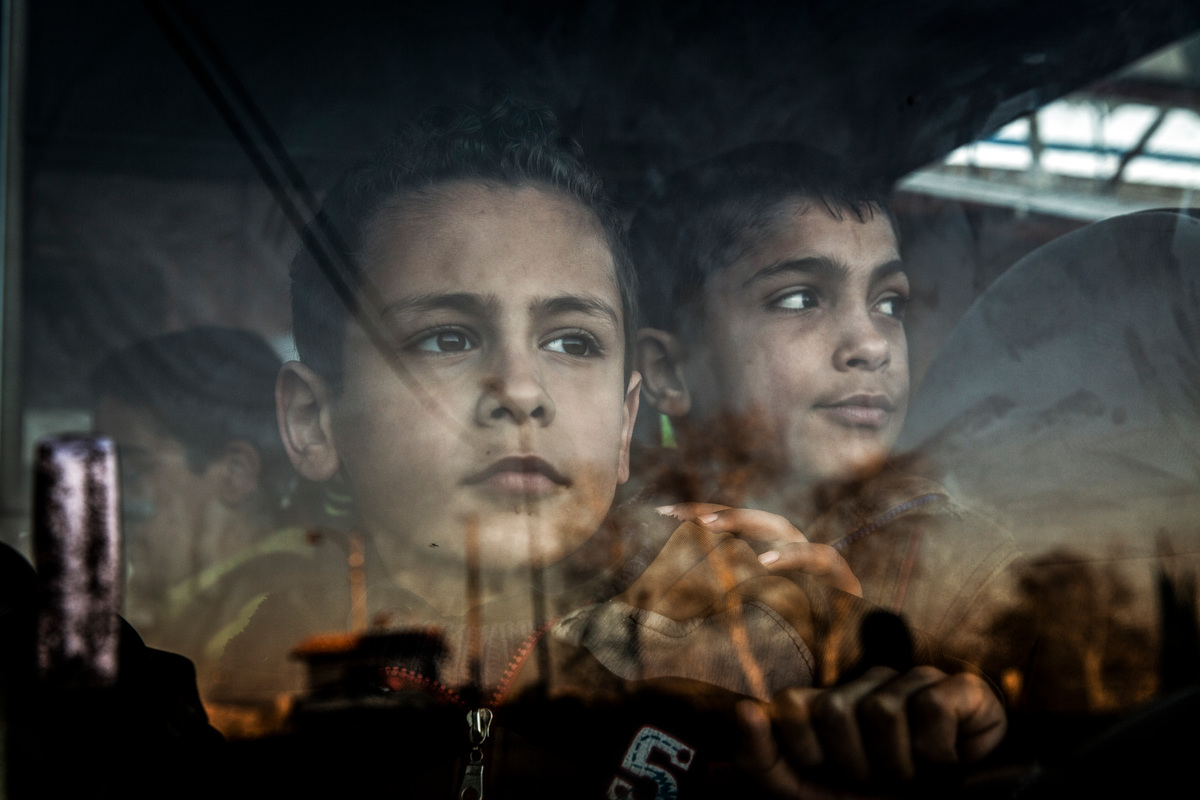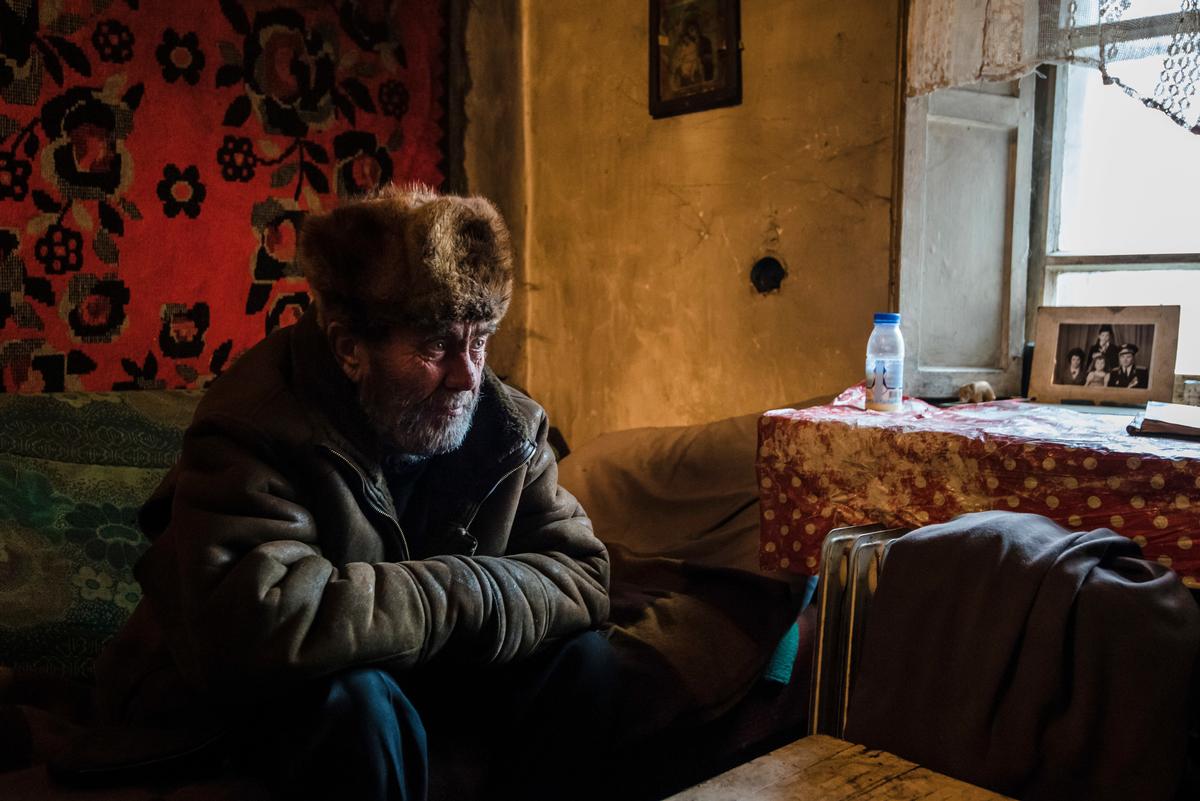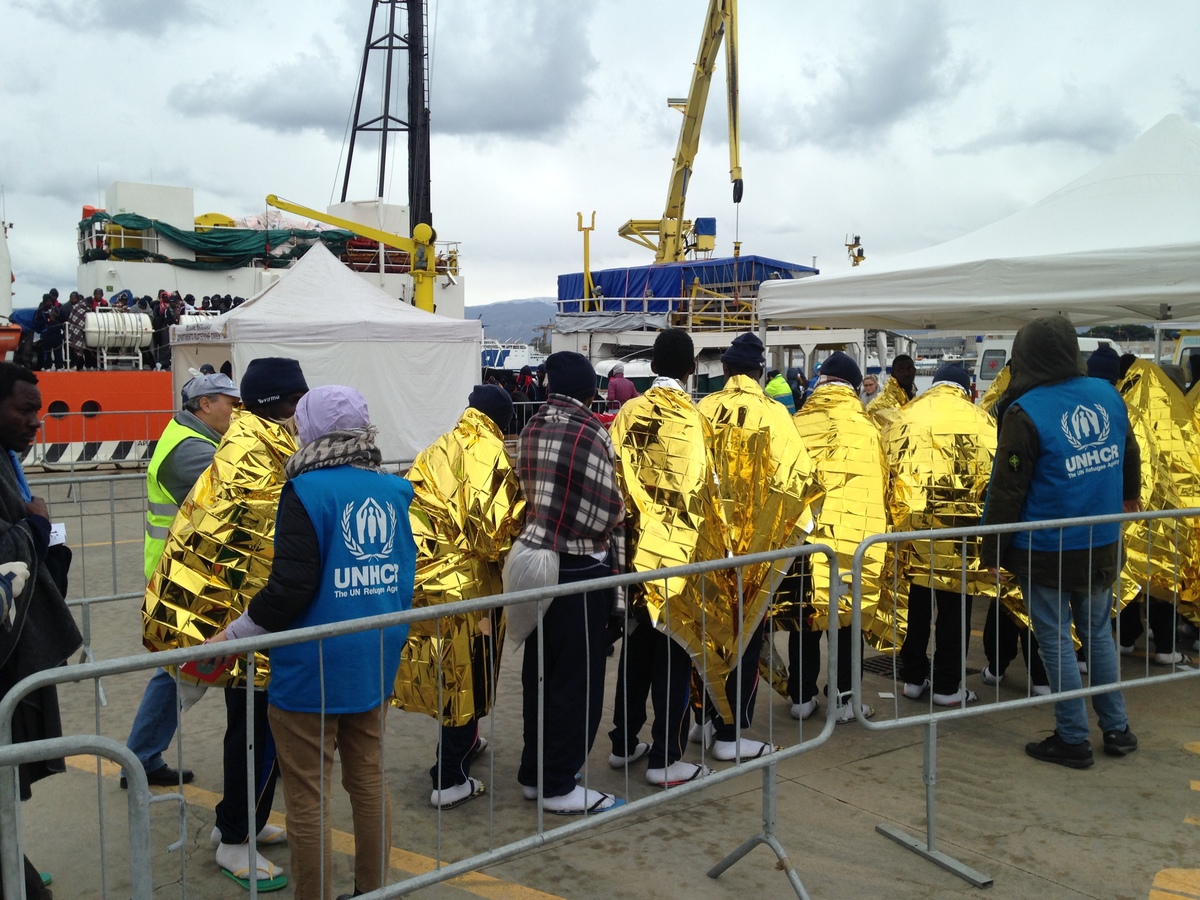Asylum statistics, second quarter 2003
Asylum statistics, second quarter 2003
The industrialized country asylum statistics for the second quarter of this year continued to follow a pronounced downward trend, according to new figures compiled by UNHCR. Indeed, in both the European Union, and in Europe overall, the number of asylum applications was the lowest since UNHCR started collecting quarterly data at the beginning of 1999.
The 29 industrialized countries covered by the report, which excludes Italy, received a total of 106,850 asylum seekers between April and June, compared with 121,910 during the first three months of the year. This is a drop of 12 percent (following on from a 16 percent reduction from the previous quarter).
Altogether, the number of applications during the first half of 2003 was 19 percent lower than during the first six months of 2002, and 22 percent lower than the second half of last year.
During the second quarter of this year, the EU countries saw a drop of 16 percent, to 66,260, following on from a 17 percent drop in the first quarter. During 2002, the average EU quarterly figure was around 93,500. The number in North America also dropped by 12 percent compared to the previous quarter. Central Europe was the only region to show an increase of 27 percent - which, however, only translates into a difference of around 1,700 individuals. The biggest increases in this region were in the Czech Republic and Slovakia.
The most significant quarterly decreases were recorded in the UK (down 34 percent), Spain and Ireland (both down 31 percent), Germany (down 24 percent) and Sweden (down 22 percent). Elsewhere, Canada dropped by 21 percent and the U.S. by 7 percent. Despite this, the U.S. took over as the top receiving country among the industrialized nations during the second quarter, although the UK heads the list for the whole of 2003 to date, with a total of 34,300 compared to 31,300 in the U.S. During the first six months of 2002, the UK received 51,500 - or 33 percent more than it has received so far this year.
Among the countries of origin, the most dramatic decrease was in the numbers of Iraqis seeking asylum - down 43 percent compared to the first quarter. Other leading groups that recorded significant decreases included Pakistanis, who were down 48 percent (this was almost entirely due to a steep drop in numbers in North America rather than Europe), and Turks, who were down 15 percent.
The sharpest increase in asylum applications was among Russians, who rose 54 percent to become the largest group overall during the second quarter - although they still trail the Iraqis over the first six months of the year. The number of Russian applicants rose particularly sharply in Austria and the Czech Republic. Both these countries, along with Poland, received more than 1,000 Russian applicants each during the second quarter. There were no other major increases among the leading groups, although the Afghans, after a year and a half of steadily falling numbers, crept up again by 10 percent during the last quarter.









